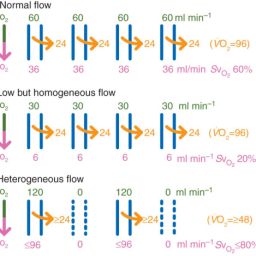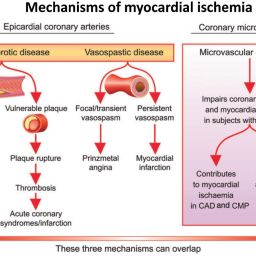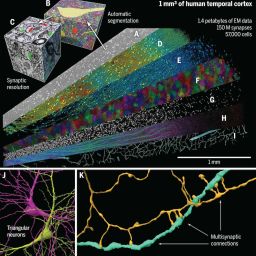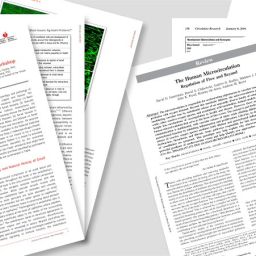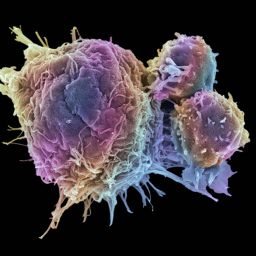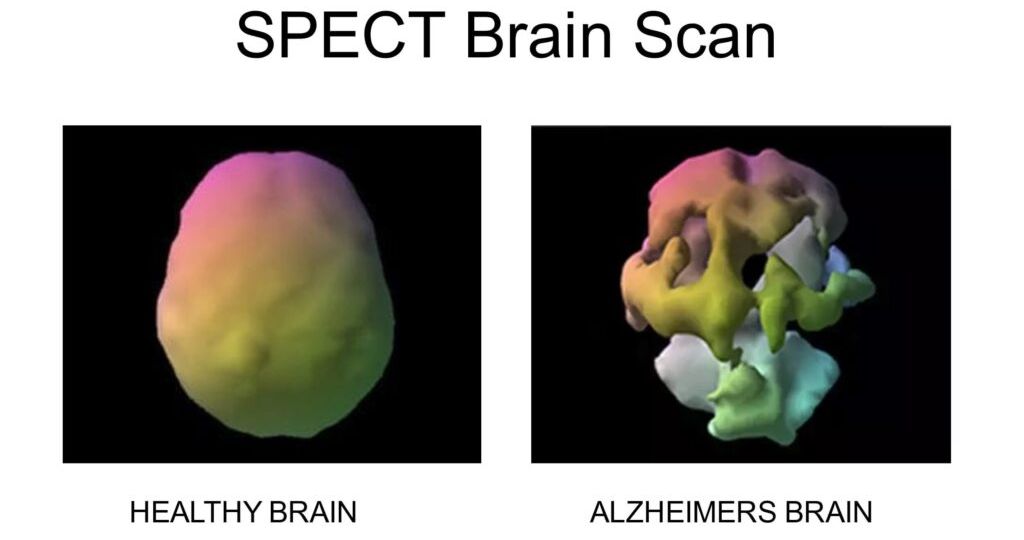
Alzheimer’s Disease and Nitric Oxide: The Metabolic Connection
Alzheimer’s disease is one of the most feared health conditions—not only due to the suffering it causes patients, but also because of the burden it places on families. It progresses slowly, often leaving individuals with little quality of life for many years.
Currently, Alzheimer’s affects 1 in 3 people over the age of 65. Over 6 million Americans live with the disease, and globally, more than 55 million people are affected. Each year, 10 million new cases are diagnosed, and by 2050, the number is projected to exceed 139 million.
Correcting Alzheimer’s with Nitric Oxide
Nitric oxide plays a central role in addressing Alzheimer’s disease by improving cerebral blood flow, restoring insulin signaling, protecting the blood-brain barrier, and reducing inflammation and oxidative stress. Supporting nitric oxide production may help correct the root causes of the disease.
Does Physical Vascular Therapy Increase Nitric Oxide?
Yes, research shows that physical vascular therapy can increase nitric oxide availability, which improves circulation, regulates blood pressure, and enhances vascular function. Read study here.

